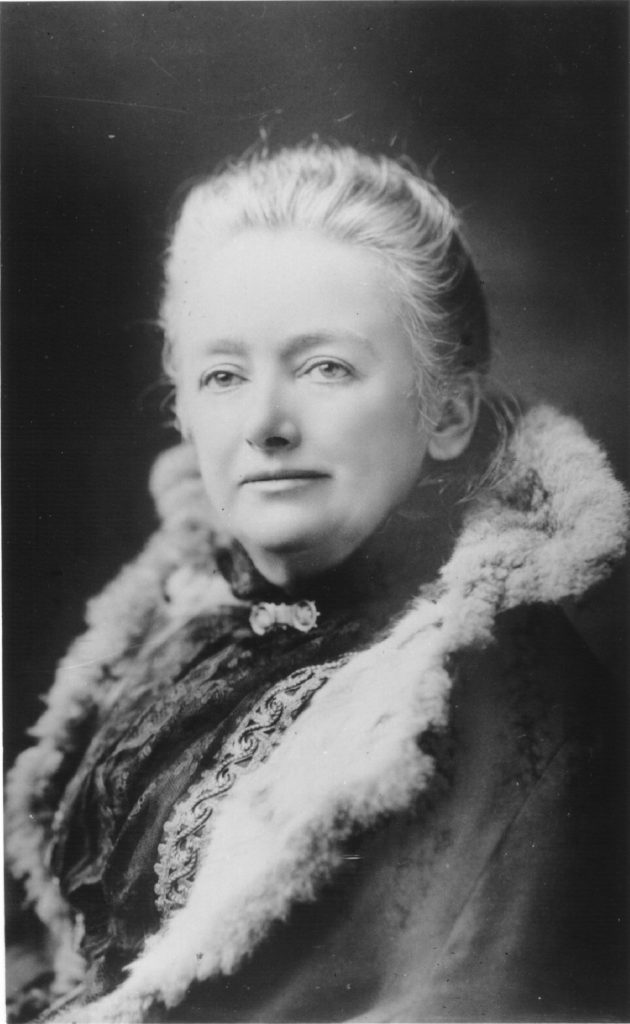
Amelia Ann Blanford Edwards (1831-1892) is celebrated as the ‘Founding Mother’ of Egyptology. She was a writer, famed in her lifetime for her novels which included Barbara’s History (1864) and Lord Brackenbury (1880). She contributed short stories to Charles Dickens’ magazines, Household Words and All the Year Round, and wrote for newspapers including the Morning Post.
A talented musician, artist, and linguist, as well as an author, she is best known today for her travel writing. Her book on the Dolomites, Untrodden Peaks and Unfrequented Valleys (1873) helped to introduce the little-known area to travellers outside Italy, but her most celebrated work is A Thousand Miles up the Nile (1876), in which she recounted a life-changing journey she took to Egypt in 1873-74. Edwards was fascinated by the ancient monuments she encountered; she was also concerned at the damage being done to them by neglect and the loss of artefacts pilfered for souvenirs. On her return to England, she devoted the rest of her life to promoting and professionalising Egyptology, founding the Egypt Exploration Fund (EEF, later Society), writing and lecturing to national and international audiences on the subject. By a bequest in her will, she established the first chair of Egyptology (at University College, London [UCL]).
Other causes close to Amelia Edwards’ heart were women’s suffrage and education for women. In her will, Amelia Edwards left her personal library, papers, watercolours (several of which were used to illustrate A Thousand Miles up the Nile), and a small collection of artefacts to Somerville College, presumably due to her acquaintance with Madeleine Shaw Lefevre and Agnes Maitland, Somerville’s first and second Principals, through the EEF. Her Egyptological books and artefacts were left to UCL (the Edwards Egyptology Library or UCL Institute of Archaeology Library).
Using the collection
The Somerville collection is now accessed by researchers from all over the world. The books are not catalogued on the University union catalogue SOLO but a finding aid of her papers is available: ABE Catalogue. Her watercolours are not on permanent display but may be viewed for research purposes by appointment with the librarian.